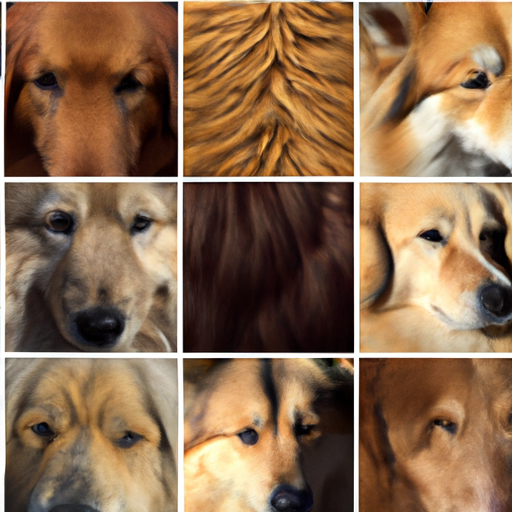If you’ve ever found yourself wondering about the color patterns on your furry friend, you’re not alone. One of the most intriguing and beautiful colorations is what’s known as ‘sable’. So, what exactly is sable color in dogs? Let’s dive into this fascinating topic.
What is Sable in Dogs?
“Sable” refers to a specific color pattern that occurs in dogs’ coats. This pattern features a base coat of lighter hair, typically tan or cream, with darker tips, often black or dark brown. These darker tips are what distinguish sable from other colorings.
Sable can range from light (with only a few dark hairs) to heavy (where the dark hairs predominate). Sable dogs might appear almost solid black from a distance, but up close you’ll see the lighter base color.
Genetics of Sable Color
The genetics behind sable color in dogs can be quite complex. Sable color in dogs is due to the “Ay” allele at the Agouti gene locus.
- Ay – This allele results in a sable or fawn coat, where the hair is tipped with black.
- aw – This allele leads to a “wolf sable” coat, where each hair is banded with color.
- at – This allele results in a black-and-tan pattern.
- a – This allele results in a solid black or brown coat.
| Allele | Resulting Coat |
|---|---|
| Ay | Sable or Fawn |
| aw | Wolf Sable |
| at | Black and Tan |
| a | Solid Black or Brown |
The Ay allele is dominant, which means a dog only needs to inherit it from one parent to exhibit the sable pattern. However, the intensity of the sable coloration can vary depending on other genetic factors.
Breeds with Sable Coloration
A wide variety of dog breeds can exhibit the sable color pattern. Some of the most well-known sable breeds include:
- German Shepherds
- Shetland Sheepdogs
- Border Collies
- Pomeranians
Each breed has its own unique interpretation of the sable pattern, leading to a stunning array of colors and shades.
Caring for Sable Dogs
When it comes to caring for a sable dog, their coat color doesn’t require any special treatment. However, these dogs often have double coats, which can mean more grooming.
- Regular Brushing: Sable dogs often have a thick undercoat that can become matted if not regularly brushed. Use a slicker brush to remove loose hair and prevent matting.
- Bathing: Bath your sable dog as necessary, but not so often as to strip the natural oils from their coat. These oils keep their skin healthy and their coat shiny.
- Diet: A healthy diet contributes to a healthy coat. Make sure your dog is getting all the necessary nutrients to keep their coat vibrant.
FAQ
Q: Can any breed be a sable color?
While the sable gene can technically occur in any breed, it’s more common in certain breeds like German Shepherds, Border Collies, and Pomeranians.
Q: Is sable a rare color in dogs?
Sable isn’t rare, but the degree of sabling can vary greatly from dog to dog. Some sable dogs may look almost entirely black, while others may appear more red or brown.
Q: Does the sable color affect a dog’s behavior or health?
No, coat color in dogs is purely cosmetic and does not have any impact on a dog’s behavior or overall health.
Q: How can I tell if my dog is sable or just brown?
A sable dog will have darker tips on their hair, whereas a brown dog will have a more uniform color. If you’re unsure, a genetic test can confirm your dog’s coloration.
Q: How can I keep my sable dog’s coat looking its best?
Regular brushing and a healthy diet can keep your sable dog’s coat looking vibrant. Avoid over-bathing, which can strip the coat of its natural oils.
In conclusion, sable color in dogs is a beautiful and complex pattern resulting from specific genetic factors. Whether your dog is a light sable or a dark sable, this coloration is a testament to the incredible variety found within our beloved canine companions.



